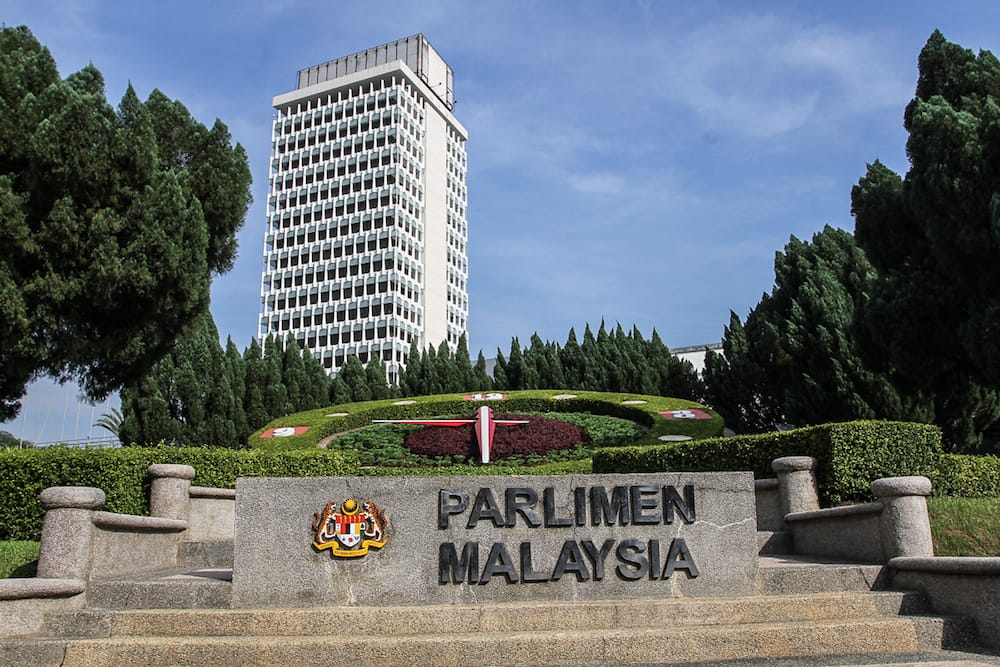Eurozone Inflation Trends: European Central Bank Delay The Interest Rate's Cut
Core inflation—a critical gauge—followed suit, descending to 3.4% by December. Services prices, though more reluctant, eventually joined the descent. The ECB’s resolute actions bore fruit, albeit cautiously.

In the intricate tapestry of the Eurozone’s economic landscape, the interplay between inflation trends and the European Central Bank’s (ECB) monetary policy takes center stage. This analysis navigates through the complexities of a pivotal juncture, shedding light on the forces shaping the region’s economic destiny.

Inflation: A Pendulum of Contrasts
1. The Recent Historical Context
Let us rewind to the tumultuous year of 2022. Inflation surged across the Eurozone, akin to a feverish sprinter hurtling toward an elusive finish line. Energy costs, in particular, soared, casting a shadow over economic stability. The ECB, once the bastion of accommodative monetary policy, found itself at a crossroads, grappling with the urgency of taming this inflationary beast.
2. The ECB’s Strategic Moves
In December 2021, the ECB unveiled its strategy for a gradual reduction in its asset portfolio—a calculated step toward normalization. Then, in July 2022, the central bank executed a pivotal maneuver: a key interest rate hike—the first in 11 years. This marked a seismic shift, signaling the ECB’s unwavering commitment to combat inflation head-on.
But the saga didn’t end there. Over the next months, the ECB orchestrated a series of nine consecutive rate hikes, totaling a formidable 450 basis points by September 2023. The message was unequivocal: inflation was no longer a distant specter; it was a formidable adversary knocking at the Eurozone’s door.
Read more from WorldFuture

3. The 2023 Disinflation Odyssey
Fast-forward to 2023. The Eurozone witnessed a remarkable reversal. Inflation, which had danced perilously close to double digits, retreated. Core inflation—a critical gauge—followed suit, descending to 3.4% by December. Services prices, though more reluctant, eventually joined the descent. The ECB’s resolute actions bore fruit, albeit cautiously.
4. The Tug of War Continues
Before we break out the celebratory confetti, let’s temper our enthusiasm. High wage pressures persist, and geopolitical tremors cast long shadows. The rapid disinflation of 2023 is poised to ease its pace in 2024. Energy base effects will kick in, and compensatory measures will expire, leading to a transitory inflation pickup. Picture it as a brief pause in the inflation symphony—a momentary crescendo before the next movement.
5. The ECB’s High-Wire Act
The ECB’s tightrope walk continues. Their mission: a timely and sustainable return of inflation to the coveted 2% medium-term target. The path ahead is fraught with uncertainties—the outcome of wage negotiations, geopolitical tremors, and the whims of energy prices. The ECB’s playbook is no longer incremental; it’s a riveting page-turner, scrutinized by markets, policymakers, and economists alike.
As the Eurozone grapples with inflation’s capricious dance, the ECB’s monetary policy decisions hold the key. Will they strike the delicate balance between taming inflation and supporting economic growth? Only time will reveal the denouement of this economic saga. Meanwhile, my pen remains poised, ready to chronicle the twists and turns of this high-stakes narrative.


